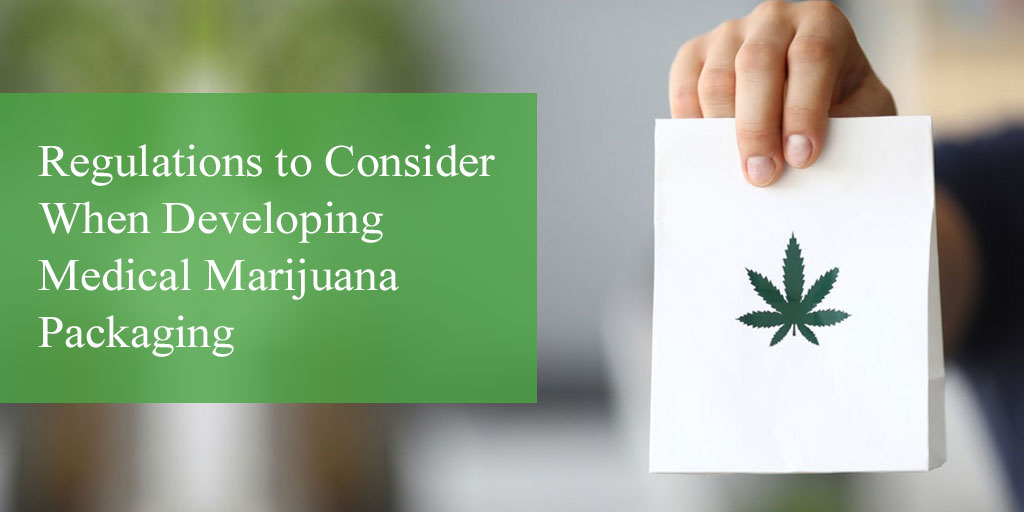Recently, there has been a big boom in the cannabis industry as legalization grows across the United States and Canada. As with most medical products, packaging plays a huge role in ensuring quality and safety.
While marijuana packaging companies can help cultivators or distributors handle their packaging needs, it’s essential to understand the requirements of cannabis packaging to ensure you are compliant with laws while providing your customers with the best experience possible.
Many regulations must be followed for cannabis packaging, and these laws vary by state. However, to get a better understanding of what packaging requirements you should be meeting, we’ve compiled a checklist to help confirm you’re considering the basic requirements for cannabis packaging.
Tamper Evident
When it comes to medical products, customers need to know if the packaging has been opened before use. According to the Food and Drug administration, tamper-evident packaging is defined as, “having one or more indicators or barriers to entry which, if breached or missing, can reasonably be expected to provide visible evidence to consumers that tampering has occurred.”
There are different ways to meet this qualification. Manufacturers can use an induction seal, glue seal, or shrink band to show that the package is tamper-proof. When labeling your product, it’s also necessary to include statements such as ‘Sealed for your protection’ or ‘Do not use if seal is broken’ for your customers’ safety.
Child Resistant
As with all medical products, it’s important to keep medical cannabis from being easily accessible to children. State laws require that all cannabis products be kept in child-resistant packaging (CRP_ in accordance with the Poison Prevention Packaging Act (PPPA, 16 CFR §1700.1). Generally, this means that packaging must be difficult for children under the age of to open.
Packaging must go through testing to be certified as CRP. The most common types of CRP are bottles with a sealed metal crown bottle cap or plastic packages that are at least 4 mils thick and heat-sealed without easy-open flaps.
Resealable
Medical packing for cannabis needs to be resealable because the product is intended for multiple uses. The package has to be securely closed after each use. Some of the best ways to accomplish this are using a lid, pressure-sensitive adhesive closure, interlocking plastic strips, or screw top. Using resealable packaging also helps to reduce waste.
Use Opaque Materials
For edible cannabis products, the packaging must be transparent. Customers need to be able to see through the packaging to view the product. Amber bottles are considered opaque for this purpose. Clear bottles used for beverages can also be used to indicate serving sizes and may use a single, vertical, or clear strip for measurement.
Developing Packaging for Cannabis Products
Overall, the goals of creating packaging for cannabis products are similar to most medical packaging: ensuring the safety of the product in transit and preventing young children from accidentally ingesting the medication.
Cannabis products can be packaged by the cultivator, manufacturer, or distributor. Wherever packaging occurs, protecting the product from contamination and exposure to toxic or harmful substances is essential. Packaging can also contain multiple layers to ensure safety, quality, and meet all the requirements listed.
All parts of the packaging must be considered, including the glue that holds it together. If you are concerned about using an adhesive that’s safe for direct or indirect contact, working hand in hand with the glue manufacturer can help you. LD Davis has worked with various manufacturers to ensure the quality and safety of their products. Reach out to us to learn more about working with an adhesive expert for medical packaging purposes.







